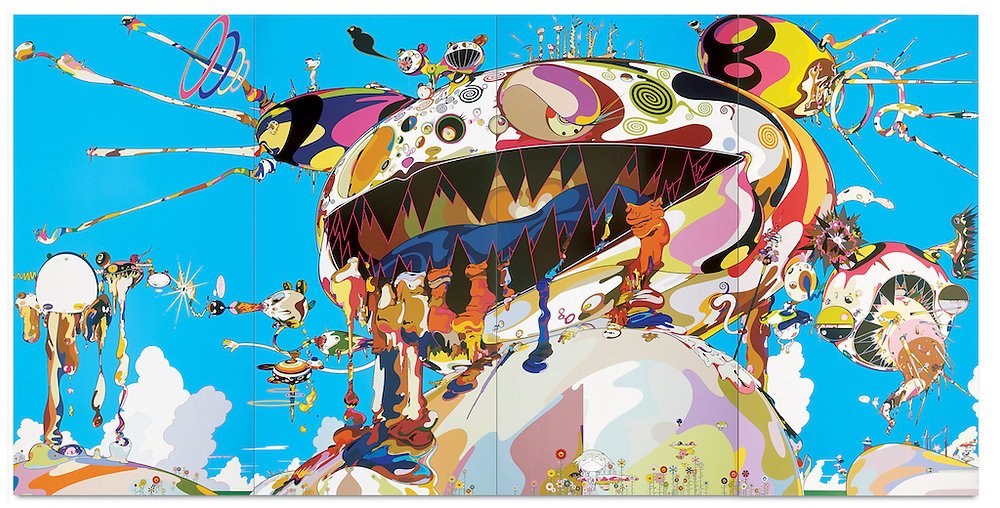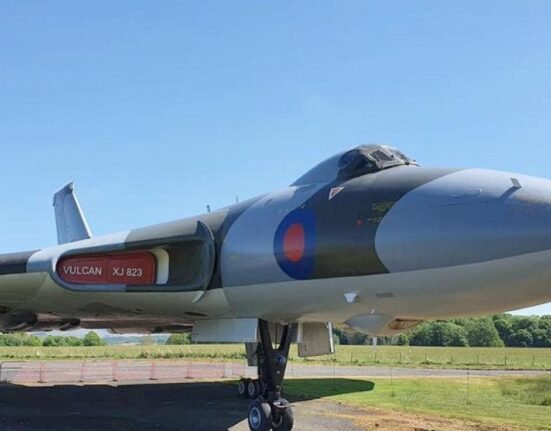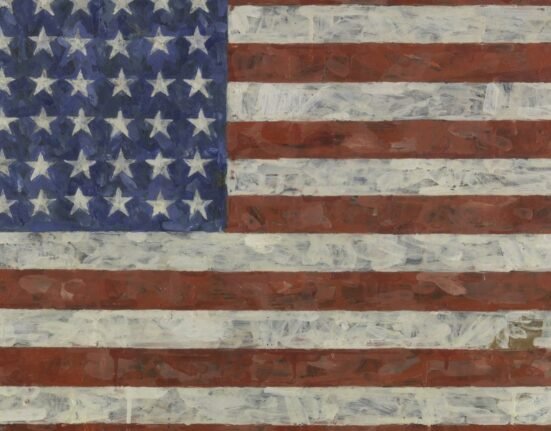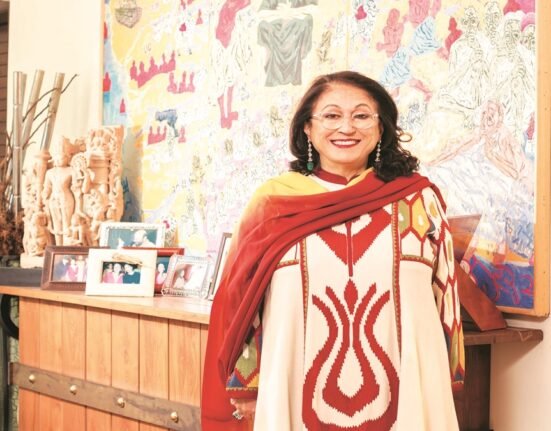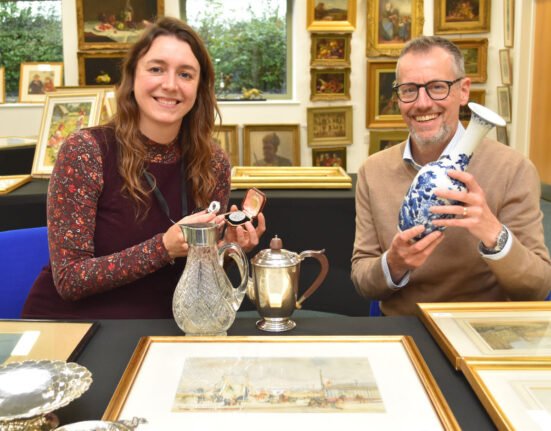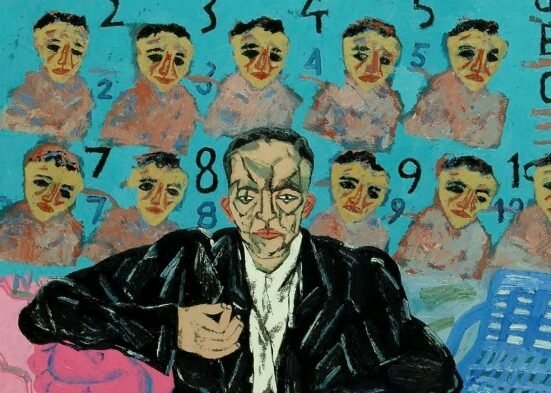Nowadays, artists have access to a wide range of tools that can transform the creative process. Paints and easels may no longer be the go-to thanks to the limitless possibilities of the digital arts, but many creatives feel that combining these mediums can enhance their work.

Understanding the Synergy Between Traditional and Digital Art
At first glance, traditional and digital art might seem like opposites, but they actually complement each other in exciting ways. Drawing, painting, and sculpting provide a strong foundation for digital work and allow artists to develop fundamental skills such as shading, texture, and perspective.
Digital tools offer artists the ability to enhance traditional works or create entirely new ones without the constraints of physical mediums. Artists might start with a pencil sketch, scan it, and then refine it digitally by adding layers, colors, and effects.
This synergy between traditional and digital methods allows for more creative freedom and experimentation. Artists can also undo mistakes, quickly try new techniques, and test out different versions of a piece without wasting materials or starting over from scratch.
Choosing the Right Traditional Medium for Your Digital Workflow
It’s essential to choose the right medium that aligns with your goals since each medium has different strengths and limitations.
For example, oil paints can create a unique dimension to your artwork, offering rich textures and deep colors. However, oil paints come with practical challenges like long drying times and difficulty in scanning due to their reflective nature. The transparency of watercolors may be a better option.
Mixed media artists who combine various traditional techniques may find that photography or high-quality scanning can capture the depth of their physical work.
Integrating Traditional Elements into Your Digital Projects
The next step is incorporating your chosen medium into your digital workflow. Many artists start by scanning or photographing their traditional sketches or paintings and then editing these images digitally. Programs like Photoshop or Clip Studio Paint allow artists to build on their traditional foundations.
Another option is to use digital brushes that mimic traditional mediums like oil paints, watercolors, or pastels. These brushes can create textures and strokes similar to what you’d get from physical tools but with the added advantage of control.
Overcoming Challenges and Maximizing Efficiency
While blending traditional and digital methods offers creative rewards, it also comes with challenges.
One issue is preserving the integrity of traditional materials once they enter the digital space. Another challenge is managing the workflow between analog and digital techniques. Artists need to plan ahead, making sure their traditional work is compatible with their digital editing tools.
Balancing both analog and digital techniques can also be time-consuming. To maximize productivity, artists can experiment with batch scanning or digitizing multiple sketches at once, creating a library of traditional elements they can draw from for future projects.

